#Ocean Conservation
Text
Thank you for sharing this! This is another one of those situations where we are just now seeing the noticeable, dramatic payoff of years and years of quiet, unnoticed environmental work.
"Experts say years of conservation efforts have resulted in some of the healthiest waters in generations, with booming fish populations, clearer ocean waves and more chances to interact with our urban aquarium."
This quote also really got me:
"'It never gets old, it’s always thrilling,' said Celia Ackerman, a naturalist with American Princess Cruises who captured the images. As a child growing up in Brooklyn, Ackerman couldn’t wait to move out of the city so she could study marine animals. 'I would have never imagined I could enjoy them here right in my backyard.'"
#submission#ocean conservation#ocean wildlife#marine wildlife#cetacean#whales#whale conservation#wildlife#biodiversity#good news#hope#slow hope
35K notes
·
View notes
Text
Take the memory, leave the shell! Watch what happens when we return seashells to the beach & marine hermit crabs!
Seashells are so important to beaches for a whole host of reasons.
🐚Over-shelling can affect hermit crabs because it reduces the availability of suitable shells for them to inhabit. Hermit crabs rely on empty shells of other creatures for protection and shelter. When there are too few shells available, hermit crabs may be forced to inhabit inadequate shells & pollution as homes, which can hinder their growth and make them more vulnerable to predators and environmental stressors. This can ultimately impact their survival and reproductive success.
🐚Shells provide homes or attachment surfaces for algae, sea grass, sponges, coral and a host of other microorganisms.
🐚Animals such as decorator crabs and octopus use shells as camouflage and many fish use shells as hiding places to avoid predators.
🐚Shells help to stabilize beaches and anchor seagrass.
🐚Shells are used by shorebirds to build nests.
🐚When shells break down, they provide nutrients for the organisms living in the sand or for those that build their own shells. (Shells are a major source of calcium.) I’m a firm believer in when we know better, we do better. I once shelled, and then when I learned all of this, I returned all shells that were not sprayed with a clear varnish to the beach & watched the marine hermit crabs go wild changing shells that were so needed!
#hermit crabs#marine hermit crabs#seashells#seashell#shell yeah#beach combing#beach day#beachday#beachside#beach life#beach aesthetic#beachvibes#hermit crab supplies#hermit crbas#animals#crustacean nation#hermit crab#exotic pets#beachlife#beaches#beach babe#beach#beachcombing magazine#vitamin sea#oceanvibes#ocean conservation#ocean conservancy#ocean#oceanside#ocean life
831 notes
·
View notes
Text





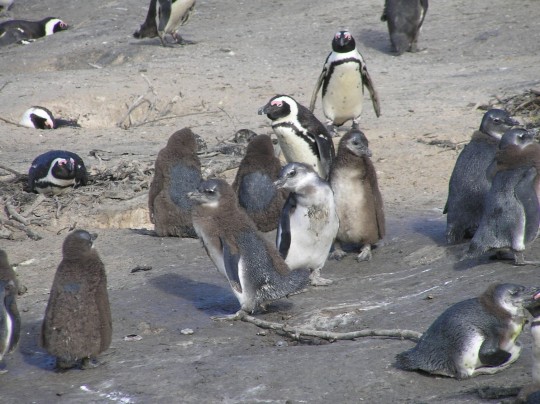



The young penguins of South Africa shed their down, preparing for the struggle to come. Since their habitat was destroyed by mining, eggs are laid on sand instead of burrows, and the exposure to the elements kills many eggs before they hatch. Parents are forced to venture many more kilometers out to sea to find fish, as trawlers empty the ocean for distant tables. Regulations limiting fish harvests is desperately needed, not only for sea birds but for people who traditionally make their living fishing off the coast. In international waters, trawlers have total freedom, which can collapse fisheries. Alternatively, reducing ocean fish in your diet can counter this problem.
#south africa#africa#original photography on tumblr#wildlife photography#african birds#african penguin#penguin#ocean life#ocean conservation
323 notes
·
View notes
Text
"Similar to the expeditions of a hundred or two hundred years ago, the Tara Pacific expedition lasted over two years. Its goal was to research the conditions for life and survival of corals. The ship crossed the entire Pacific Ocean, assembling the largest genetic inventory conducted in any marine system to date. The team's 70 scientists from eight countries took around 58,000 samples from the hundred coral reefs studied.
The first results of the analysis have now been published in Nature Communications. This largest-ever data set collection on coral reef ecosystems is freely available, and for years to come, will be the basis for elucidating the living conditions for corals and finding a way for them to survive climate change.
Important first results of the expedition show that global microbial biodiversity is much higher than previously thought. The impacts of the environment on evolutionary adaptation are species-specific, and important genes in corals are duplicated.
Global biodiversity ten times higher than assumed
Coral reefs are the most biologically diverse marine ecosystem on Earth. Although they cover only 0.16% of the world's oceans, they are home to about 35% of known marine species. Using a genetic marker-based data set, the researchers found that all of the globally estimated bacterial biodiversity is already contained in the microorganisms of coral reefs.
"We have been completely underestimating the global microbial biodiversity," says Christian Voolstra, professor of genetics of adaptation in aquatic systems at the University of Konstanz and scientific coordinator of the Tara Pacific expedition. He says the current estimate of biodiversity (approximately five million bacteria) is underestimated by about a factor of 10.
Impacts of the environment on evolutionary adaptation are species-specific
The 32 archipelagos studied serve as natural laboratories and provide a wide range of environmental conditions, allowing scientists to disentangle the relationships between environmental and genetic parameters across large spatial scales. This led to another important finding: The effects the environment has on evolutionary adaptation trajectories of corals are species-specific. To determine this, the researchers examined the telomeres, the ends of chromosomes that are the carriers of genetic information, for the first time.
In humans, the length of telomeres decreases during life; that is, with an increasing number of cell divisions, suggesting that biological age is closely linked to the length of telomeres. Researchers on the Tara Pacific expedition have now found that the telomeres in very stress-resistant corals are always the same length. "They apparently have a mechanism to preserve the lengths of their telomeres," Voolstra concludes...
Important genes are duplicated
Research data from the Tara Pacific expedition brought to light that the long life of some coral species may have yet another reason: the duplication of certain genes. Many important genes are present multiple times in the genome. The researchers were able to determine this through sequencing of coral genomes employing a new high-resolution technique.
This technique, called long-read sequencing, makes it possible to not only determine the set of genes present, but also to look at their order in the genome. According to Voolstra, the pervasive presence of gene duplication could be a possible explanation for why corals can live for thousands of years despite being exposed, for instance, to extreme UV radiation in shallow waters.
The entire data collection is freely accessible
All data sets are openly accessible and fully described with accompanying physical and chemical measurements to provide them as a scientific resource to all researchers.
"This is unique," Voolstra says. "It is the largest data set collection on coral reefs ever collected and it is completely open access." The aspiration is that this data collection will serve as a foundation and inventory to guide future study of coral reefs worldwide for many years."
-via Phys.org, June 26, 2023
#coral#coral reef#ocean#ocean conservation#biodiversity#microbiology#genetic diversity#genetic research#conservation#telomeres#genetics#climate change#evolution#ocean life#open access#good news#hope
400 notes
·
View notes
Text
'Living Breakwater' Makes Room for Oysters and Tidal Pools In Award Winning Design off Staten Island https://www.goodnewsnetwork.org/living-breakwater-makes-room-for-oysters-and-tidal-pools-in-award-winning-design-off-staten-island/
#good news#science#nature#environmentalism#environment#animals#conservation#oysters#breakwater#marine biodiversity#marine animals#sea life#ocean conservation#ocean life
281 notes
·
View notes
Text

🦈Shark Awareness Day🦈
July 14th - Sharks, skates and rays belong to a subclass of fish called 'Elasmobranchii', being notable for their primarily cartilaginous skeletons and unique diversity.
Sharks play a vital role in maintaining stable ocean environments; by removing sickly fish, and controlling overpopulation of either invasive or smaller predatory fish in certain ecosystems. Filter feeders and sand sifters are just as important, being a part of the ocean's clean-up crew and nutrient cyclists.
Unfortunately, over one-third of these species are at risk or threatened with extinction due to climate change and misconceptions being spurred on by popular media over the years (Jaws, Shark Week, etc.). The loss of these animals would lead to a decline in ocean ecosystem health around the world.
#geeks stuff#geeks art#shark awareness day#it's also world orca day too#ocean conservation#marine life#marine biology#animals#sharks#basking shark#whale shark#nurse shark#thresher shark#sawfish#animal art#animal activism
376 notes
·
View notes
Text
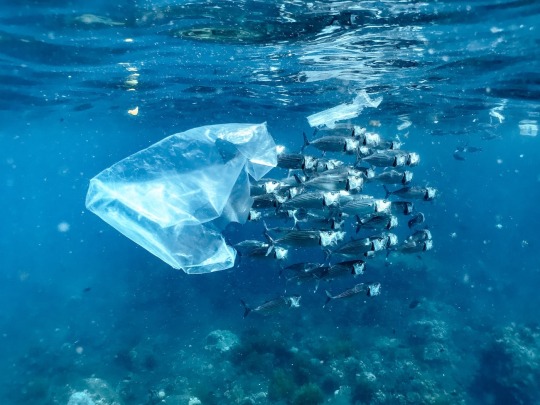



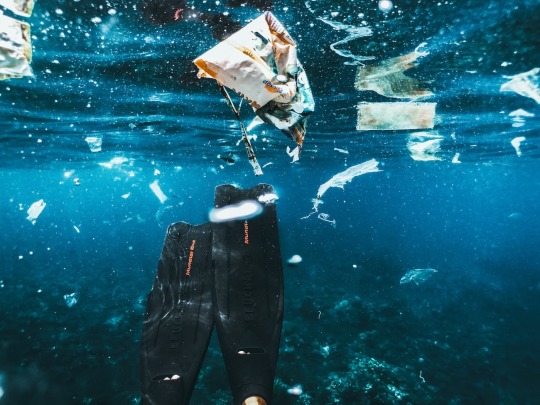

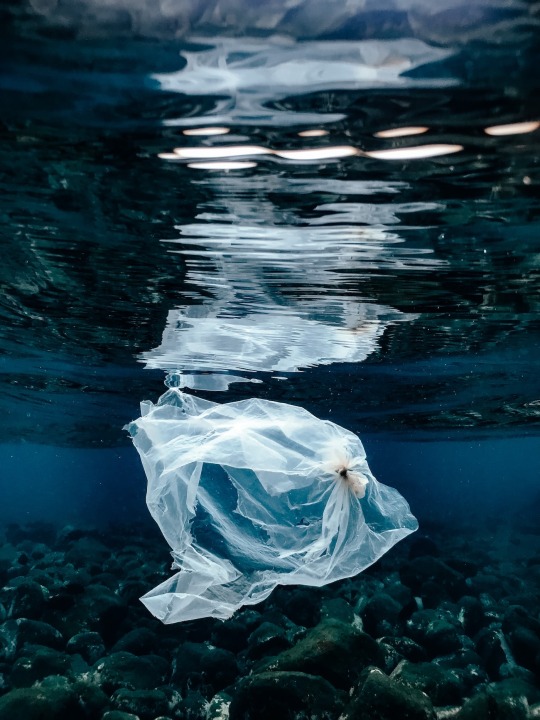
Powerful Photos by Naja Bertolt Jensen
#ocean#sea#underwater#animal#saltwater#photography#water#fish#dive#pollution#seaweed#algae#sea life#marine animal#marine wildlife#marine conservation#marine ecosystem#ocean conservation#ocean life
58 notes
·
View notes
Text
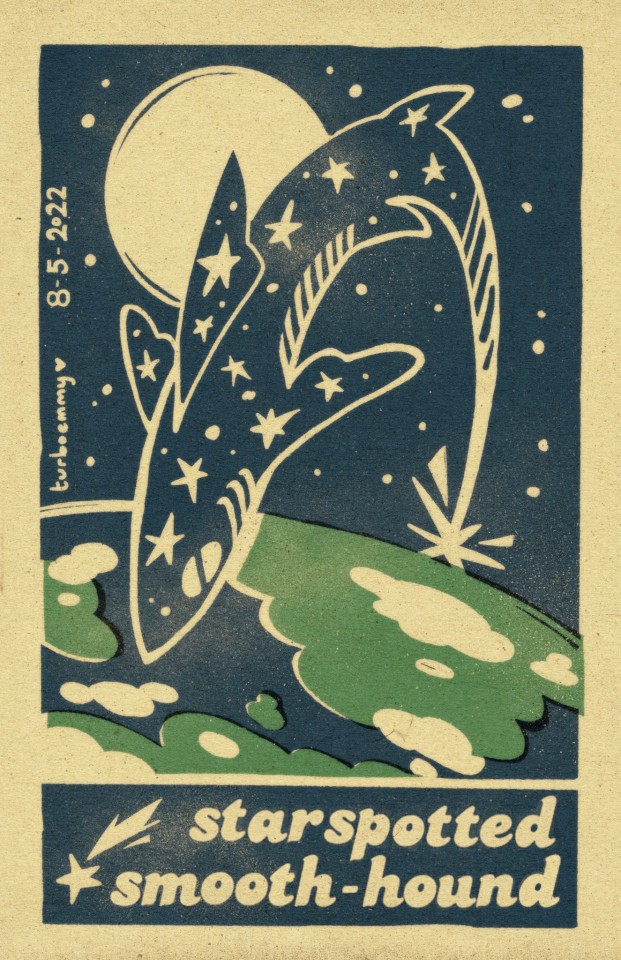


pieces for this years @swimonzine !! :-)
Lots of fun to participate as always, and to help out sharks!!! You guys can check out the latest zine and other previous ones HERE !!
445 notes
·
View notes
Text
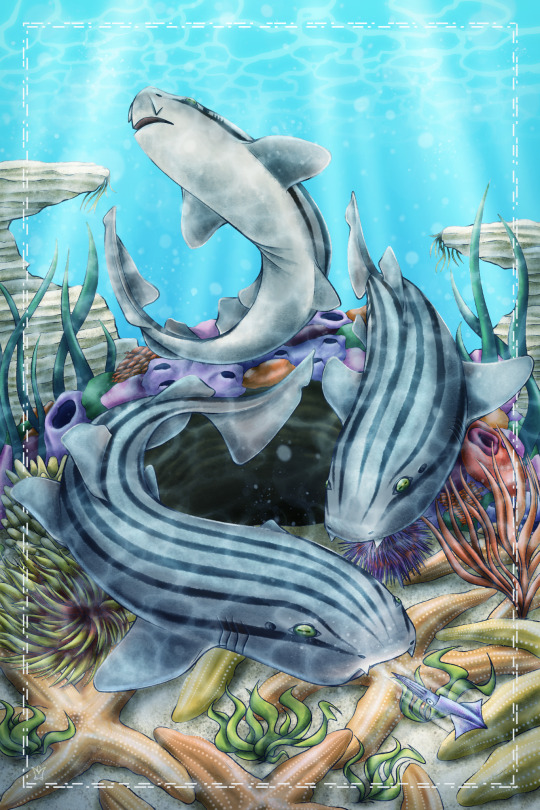

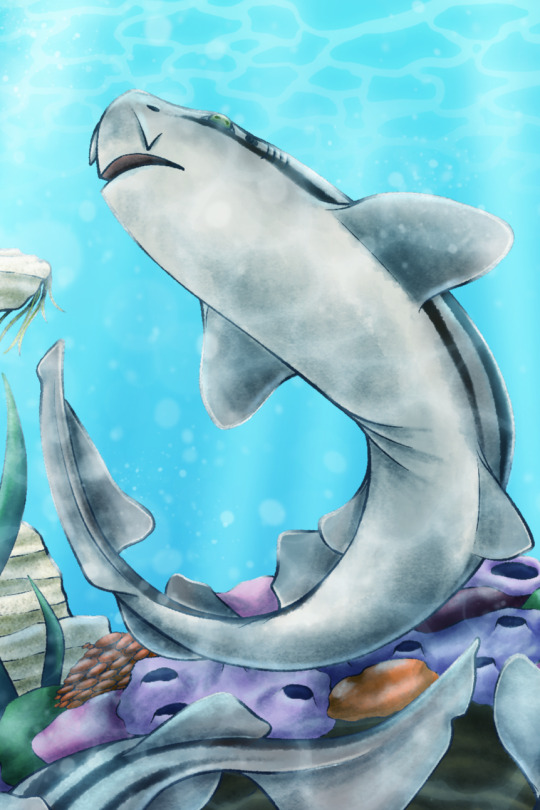
🦈🦈🦈 SHAAARRKKKSSS!!! 🦈🦈🦈
I had the absolute pleasure of participating in Jey Pawlik's 9th year of their Swim On zine collection: Mangroves!! This year, I drew a pyjama shark and I had so much fun drawing it!! I'm in love with how this turned out and you can check out the zine at their blog! @swimonzine !!
Donate if you can, reblog if you can't, lets help the shark population and shark conservation!!
#art#digital art#illustration#wildlife#ocean conservation#ocean life#sharks#shark conservation#swim on zine#swim on 2023#charity#digital painting#digital illustration#painting
66 notes
·
View notes
Text

Surf's up!!!
Our contributor apps are open until December 4th! 🦈❤️
🦈 Guidelines
🐠 Artist App
🪼 Writer App
🐡 Merch App
🦀 Carrd
#fish#one piece#shark#shark conservation#zine#zine contributor#contributors#ocean conservation#zine applications#fandom zine#zine promo
23 notes
·
View notes
Photo
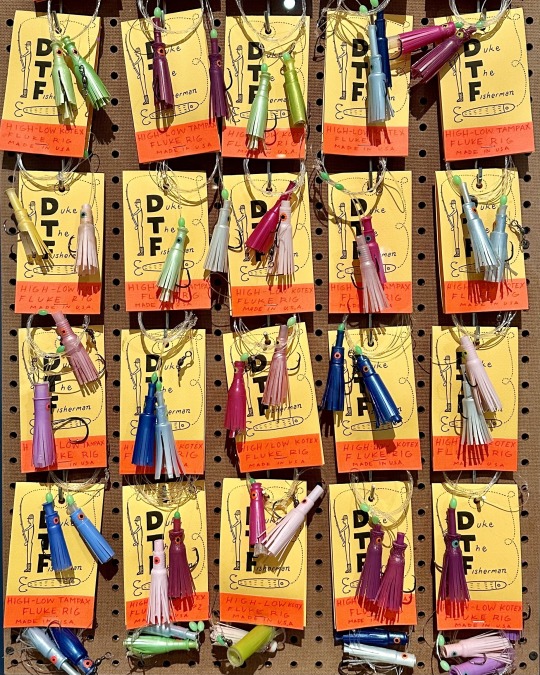
Raise your hand if you’ll never look at discarded tampon applicators the same way again. 🙋
In honor of the final week of DEATH TO THE LIVING, Long Live Trash, we’re here to remind you on behalf of Duke Riley to help keep our waterways clean.
This exhibition is overflowing with Riley’s cleverness including: parodies of YouTube tutorials from an alter ego “Duke the Fisherman,” a fully functioning chandelier (or “Boozalier”) made from empty mini liquor bottles, display cases filled with contemporary interpretations of scrimshaw depicting international business executives that the artist identifies as responsible for the perpetuation of single-use plastics, and so much more.
🔗 https://bit.ly/DukeRileyBkM
See the exhibition while you can through July 16.
#Brooklyn Museum#DukeRileyBkM#Duke Riley#brooklyn#museum#art#maritime art#scrimshaw#fishing lure#fishing#New York City#nyc#exhibition#environmentalism#climate crisis#ocean conservation
45 notes
·
View notes
Link
The Ocean Cleanup, the only organization currently tackling the Great Pacific Garbage Patch (GPGP), has just reached a milestone of 200,000 kilograms, or 220 tons of plastic removed from the ocean.
In recent years, the Dutch non-profit completed the test run of their new system 002/B which can capture multiple tons of garbage in one sequence with its large booms measuring a mile and a half in length
The GPGP is not so much an island as it is an area where major currents and winds have brought together trillions of pieces of plastic.
By using the data of the currents and the winds to estimate volumes of plastic and to guide the capture vessels, Bojan Slat, the CEO and Founder of Ocean Cleanup, believes he can clean the whole patch in just a decade.
From Good News Network
#great pacific garbage patch#pollution#plastic pollution#plastic#ocean restoration#ocean conservation#good news#hope#environment#environmental grief#ecoanxiety#ecogrief
1K notes
·
View notes
Text


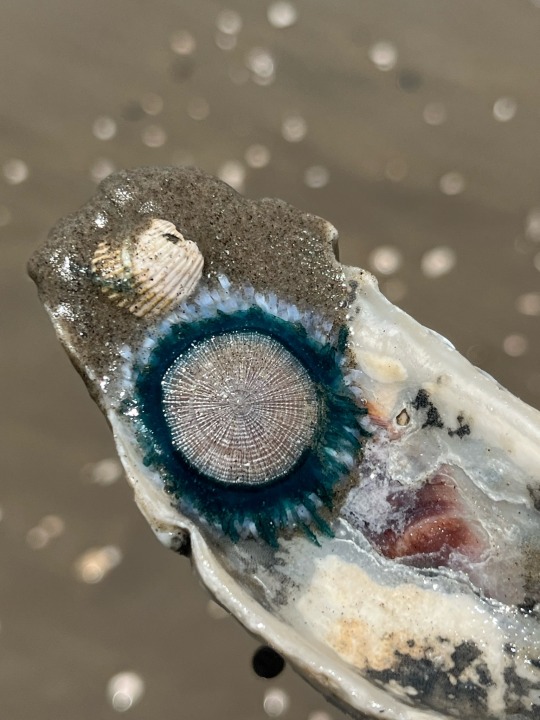

Spotted several jellyfish at the beach the other day! Bluebuttons and a sea nettle! Put them back into the water!
#blue button#sea nettles#jelly fish#ocean conservation#ocean#sea life#animals#beachside#beachday#beachvibes#beachlife#beach
139 notes
·
View notes
Photo
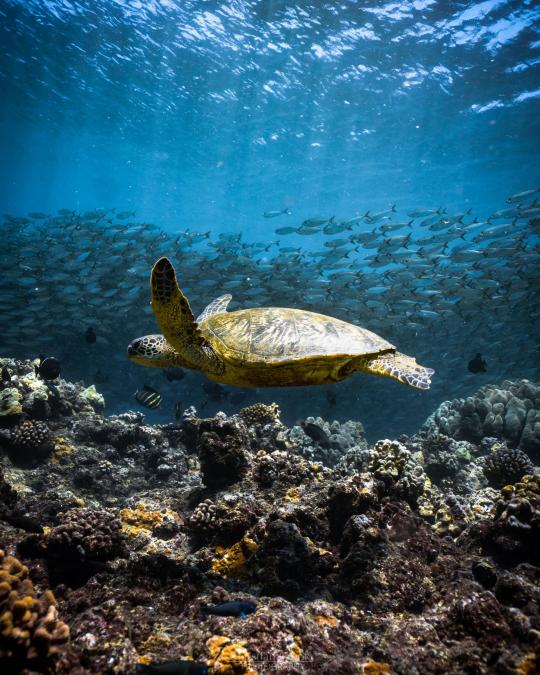
A serene green sea turtle glides through the clear blue water, surrounded by a bustling school of fish. Beneath them, the rich textures of the coral reef add a touch of underwater wonderland magic.
#sea turtle#marine life#underwater photography#coral reef#ocean magic#tropical fish#scuba diving#marine biodiversity#nature#wildlife#clear blue water#ocean conservation#sea creatures#serene beauty#reef ecosystem
10 notes
·
View notes
Text
Has the U.S. really conserved a third of its waters? Here’s the math. (Washington Post)
Almost everyone loves the ocean. But not everyone agrees on what it means to protect it.
The United States is conserving approximately one-third of the country’s ocean areas, according to an early analysis released Friday by the Biden administration — suggesting the president is meeting a key environmental goal laid out at the beginning of his term.
But others say that’s not the case.
Some of those areas still allow for commercial fishing, advocates say, and fall short of protections needed to save marine ecosystems facing dire threats.
“It’s padding the numbers,” said Brad Sewell, oceans director at the Natural Resources Defense Council.
The disagreement comes as the White House on Friday outlined how much progress the country has made in achieving President Biden’s ambitious goal of conserving at least 30 percent of U.S. lands and waters by 2030.
The White House’s Council on Environmental Quality said its preliminary count — outlined in a newly released atlas — shows that approximately “one-third of U.S. marine areas are currently conserved.”
“We are making bold progress to conserve our ocean,” Rick Spinrad, head of the National Oceanic and Atmospheric Administration, said in a statement.
Yet precisely what areas on the map should count as protected has been a subject of considerable debate.
The White House said a majority of that ocean expanse — 26 percent of U.S. waters — is officially designated as “marine protected areas,” where human activity is typically restricted to protect wildlife.
But that one-third tally also includes parts of the ocean where only a type of fishing called bottom trawling is banned to protect coral and other bottom-dwelling creatures from nets that scrape the seafloor. Other types of commercial fishing in those areas, which include swaths of ocean off New England and the Mid-Atlantic, are still allowed.
7 notes
·
View notes